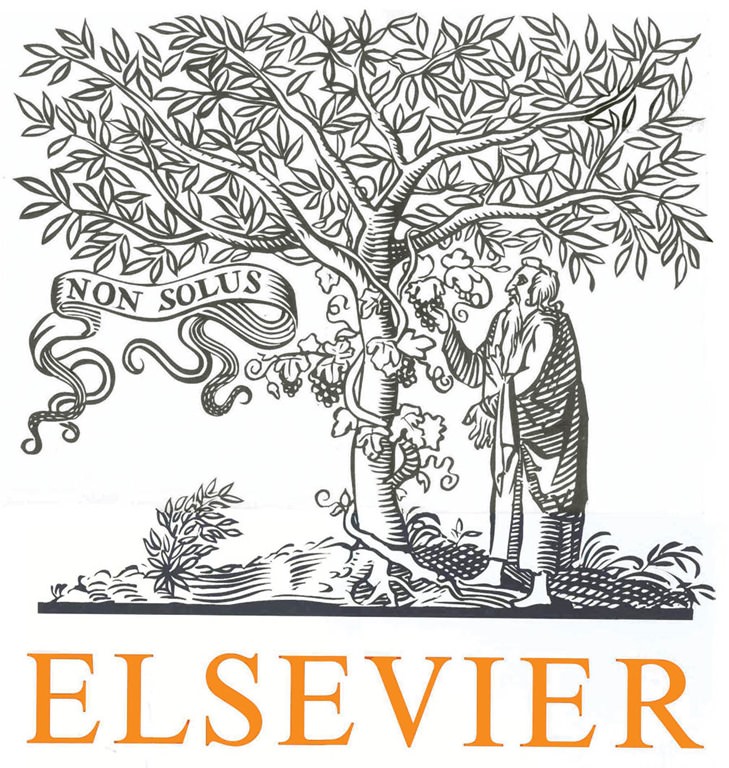Abstract
The public-transport (transit) operation planning process commonly includes four basic activities, usually performed in sequence: network design, timetable development, vehicle scheduling, and crew scheduling. This work addresses two activities: timetable development and vehicle-scheduling with different vehicles types. Alternative timetables are constructed with either even headways, but not necessarily even passenger loads or even average passenger loads, but not even headways. A method to construct timetables with the combination of both even-headway and even-load concepts is developed for multi-vehicle sizes. The vehicle-scheduling problem is based on given sets of trips and vehicle types arranged in decreasing order of vehicle cost. This problem can be formulated as a cost-flow network problem with an NP-hard complexity level. Thus, a heuristic algorithm is developed. A few examples are used as an expository device to illustrate the procedures developed.
1. Introduction
The public-transport (transit) operation planning process commonly includes four basic activities, usually performed in sequence: (1) network route design, (2) timetable development, (3) vehicle scheduling, and (4) crew scheduling (Ceder 2007). Figure 1 shows the systematic decision sequence of these four planning activities. The output of each activity positioned higher in the sequence becomes an important input for lower-level decisions. Clearly the independence and orderliness of the separate activities exist only in the diagram; i.e., decisions made further down the sequence will have some effect on higher-level decisions. It is desirable, therefore, that all four activities be planned simultaneously in order to exploit the system’s capability to the greatest extent and maximize the system’s productivity and efficiency. Occasionally the sequence in Figure 1 is repeated; the required feedback is incorporated over time. However since this planning process, especially for medium to large fleet sizes, is extremely cumbersome and complex, it requires separate treatment for each activity, with the outcome of one fed as an input to the next.








